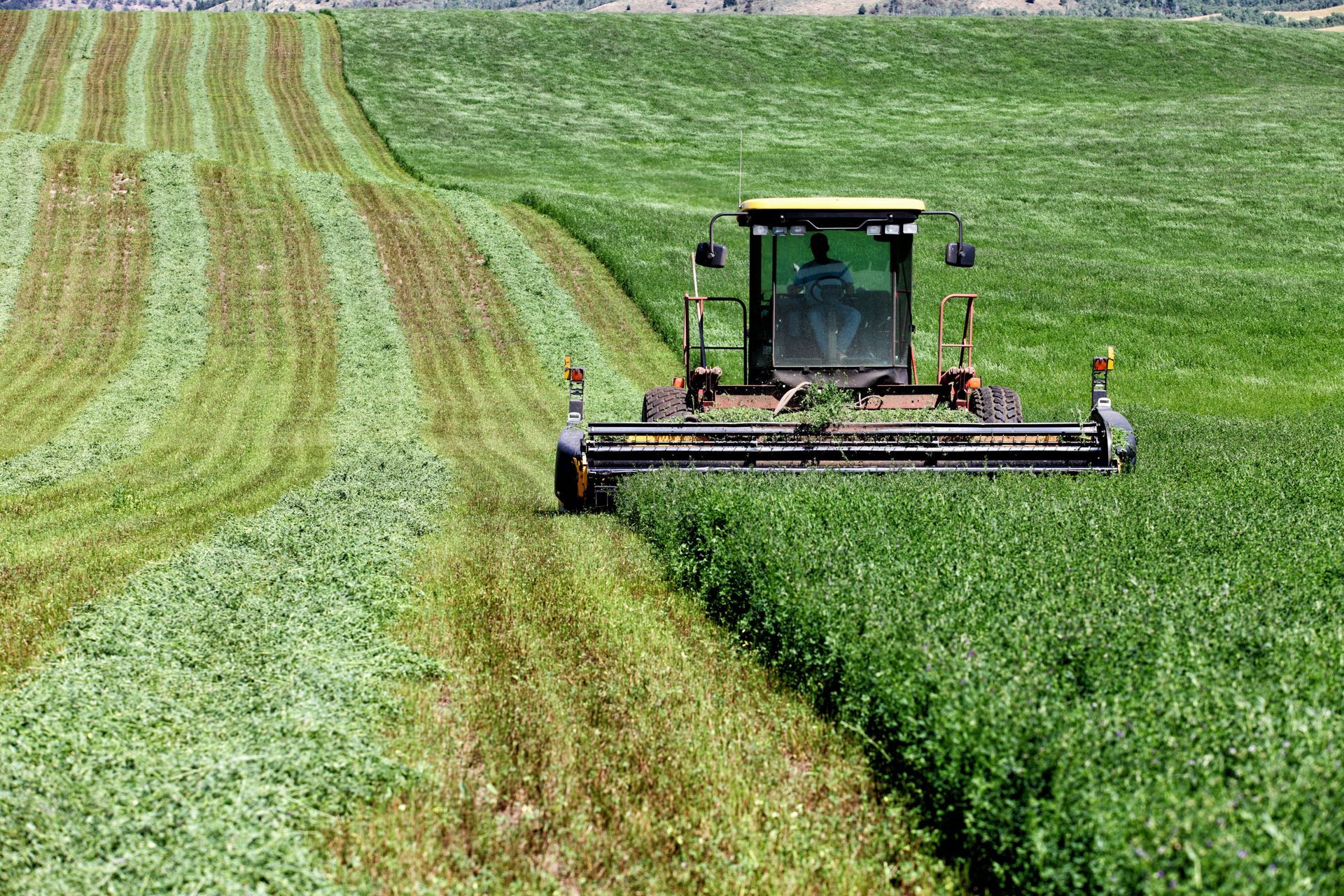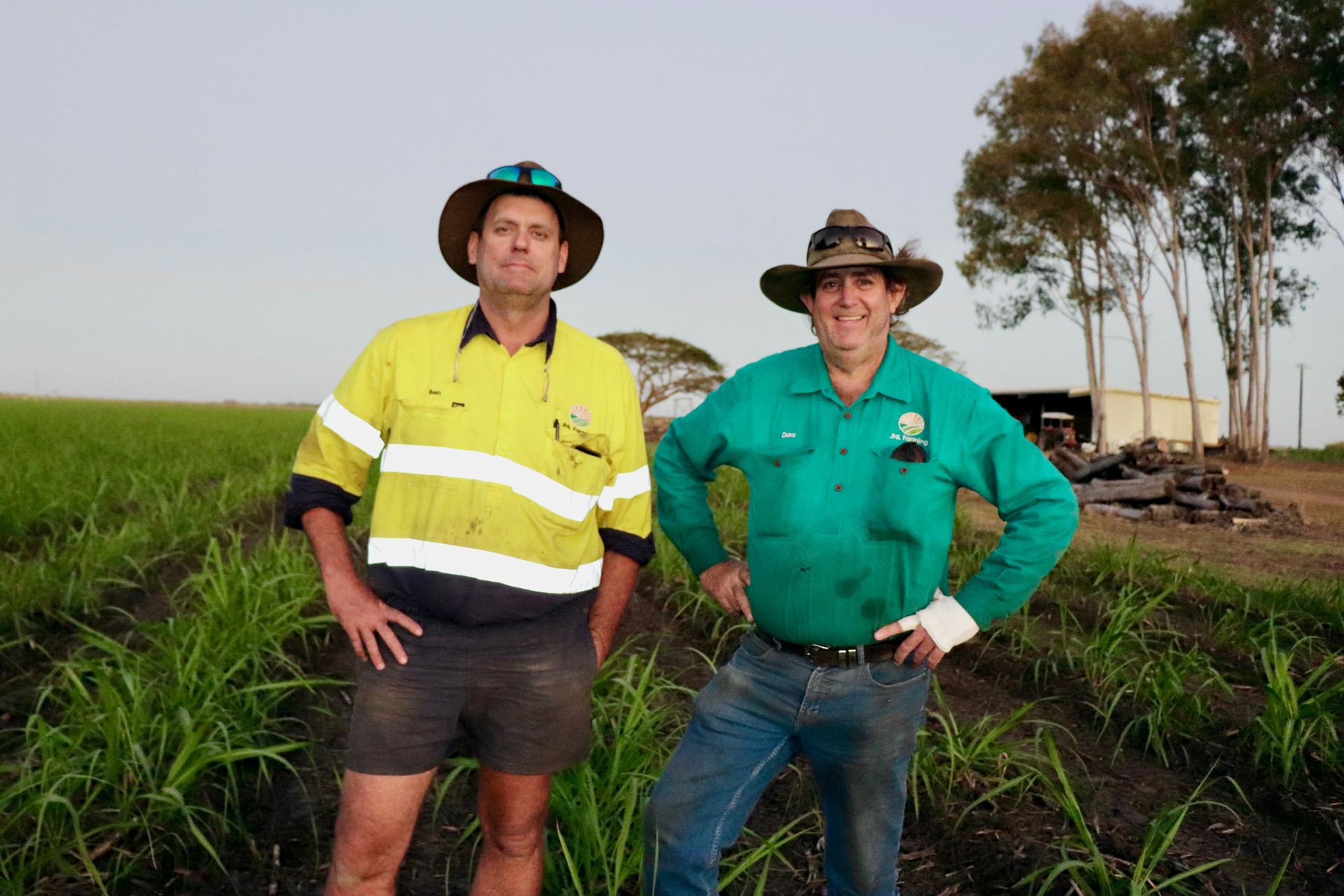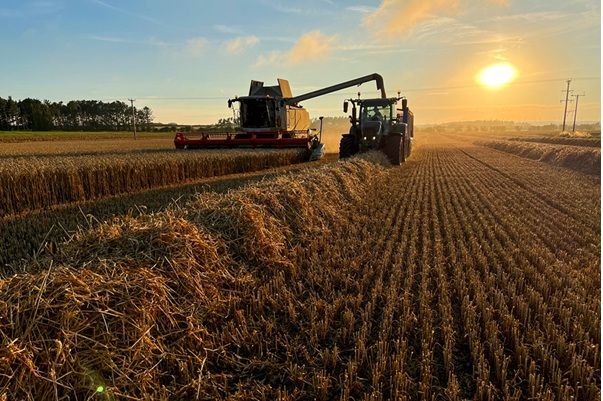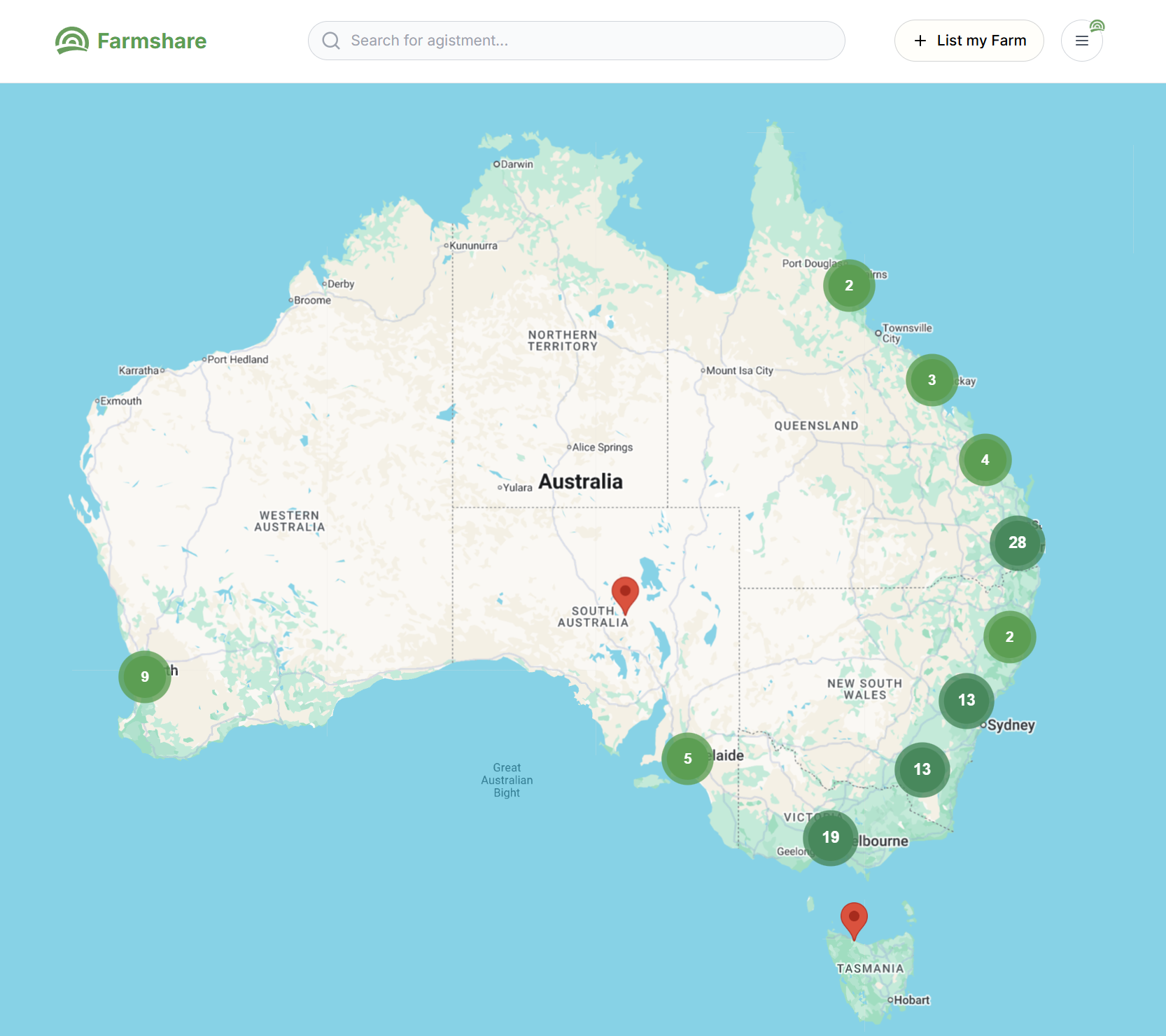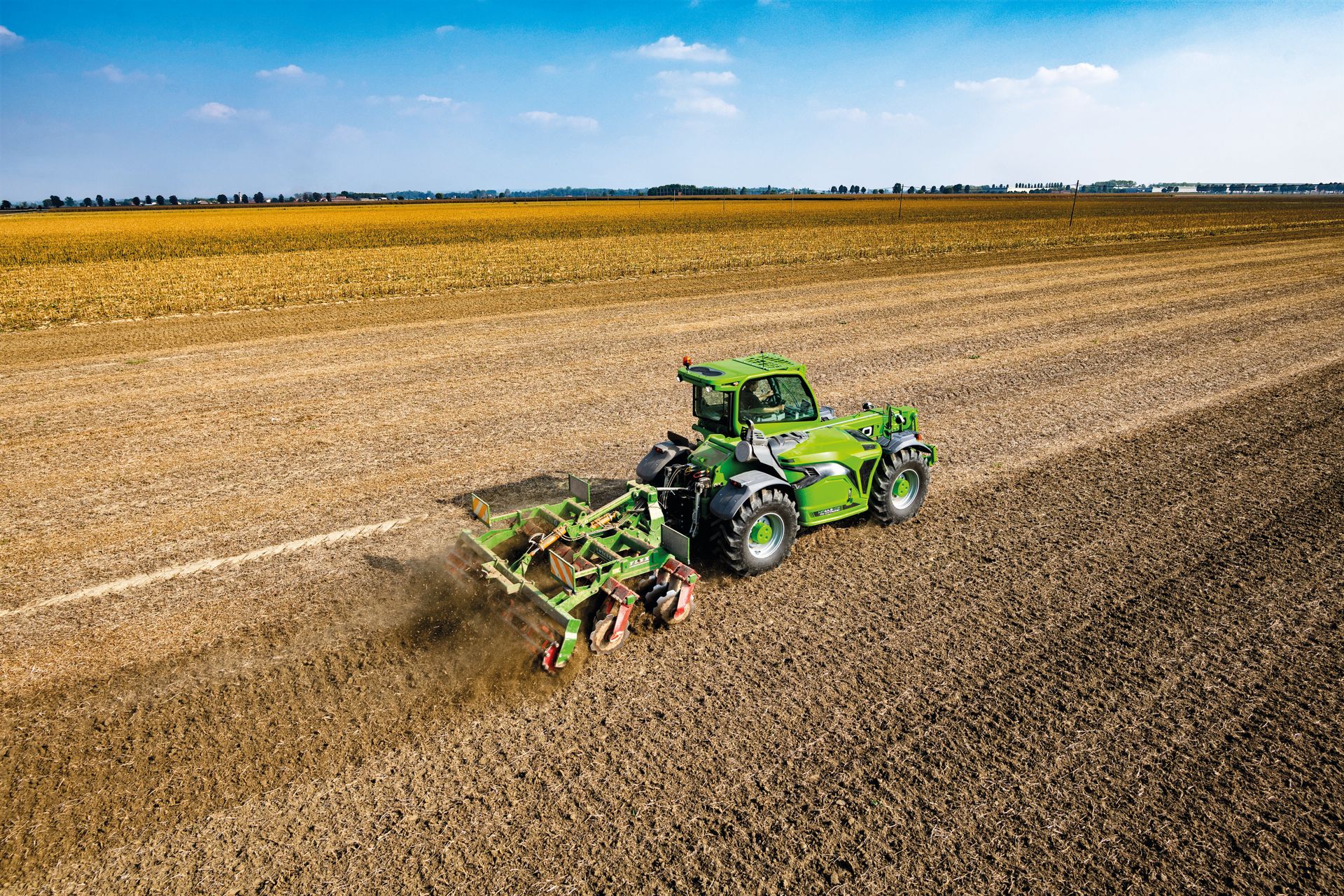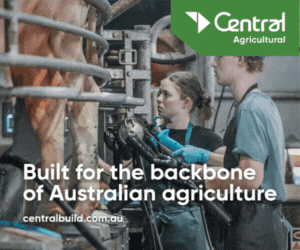1MG FlippingBooks
Legume research project boosts future of Tas red meat industry
Elizabeth Gracie
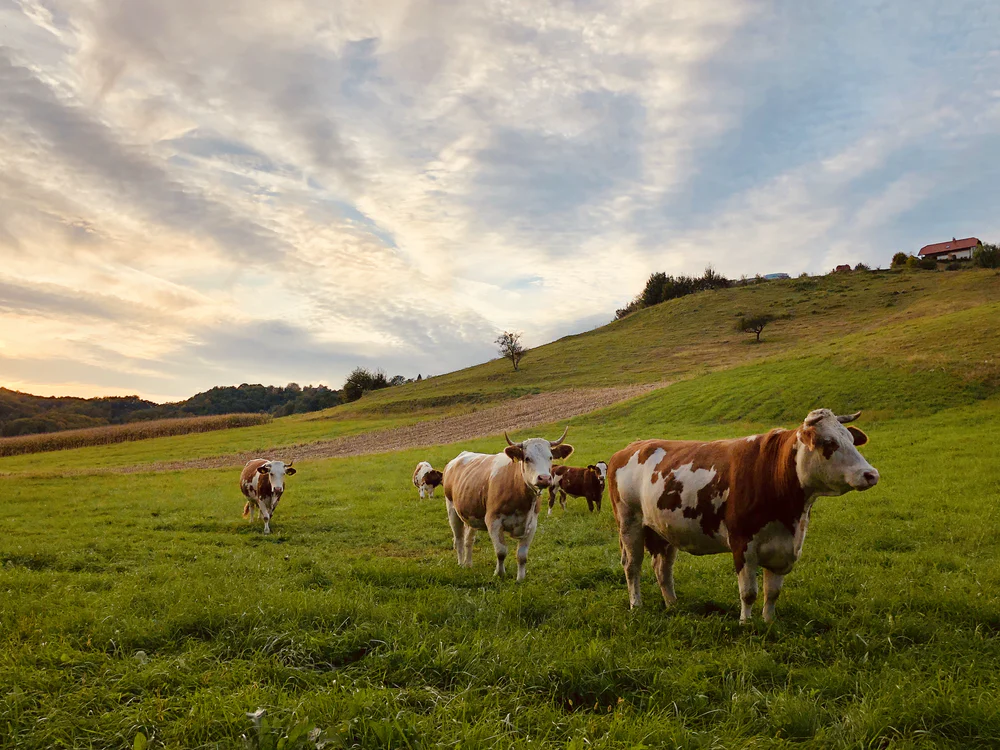
A $1.5m legume research project led by the Tasmanian Institute of Agriculture (TIA) is expected to boost Tasmania’s red meat industry by identifying and establishing resilient and productive perennial legume species to fill feed gaps.
Currently, the low proportions of legumes in Tasmanian pastures limit the productivity of the red meat industry.
The five-year project is being led by TIA Research Fellow Dr Rowan Smith and will take a comparative region-based approach analysing the high rainfall region of the North West Coast and the low medium rainfall region of the Tasmanian Midlands.
According to Dr Smith, establishing perennial legume species that can successfully persist to fill feed gaps and improve tolerance and productivity under waterlogging was crucial to the success of a healthy Tasmanian red meat industry.
“Legumes are known for driving the animal production system by bringing in a quality aspect to the feed base,” said Dr Smith.
“In low to medium rainfall environments there are fewer legume species options as many fail to establish and persist, so maintaining high legume content in dryland pastures can be a challenge for producers”.
The Tasmanian Midlands is a particular challenge for producers as less than 10 per cent of the area is irrigated, creating significant room to improve the surrounding dryland grazing country to increase stocking rates.
“By establishing perennial legumes, producers can extend their growing seasons beyond what is currently being achieved and enhance the resilience of their feedbase to the changing and variable climate,” said Dr Smith.
The initial stages of the project will see different species trialled and tested to evaluate how alternative new varieties of sowing practices could provide an advantage to legumes when first planted.
“We will be looking at what techniques can help establish pastures with optimal legume content to improve the quality of pasture for longer into the growing season,” said Dr Smith.
“We will also be investigating how to effectively re-establish legumes in grass dominant pastures, potentially removing the need and risk of a full pasture renovation”.
The project will work closely alongside local red meat producers like Simon Foster, the owner of mixed farming business, Fosterville Pastoral, who has said maintaining the legume component in his pastures was an ongoing challenge.
“We need this research to give us practical and cost-effective ways to re-establish the legumes,” said Foster.
“Increasing the legume component in or pastures will absolutely increase the productivity and profitability of our grazing business.
The project will begin this month, with the first round of sowings to begin in the Midlands region
NEWS
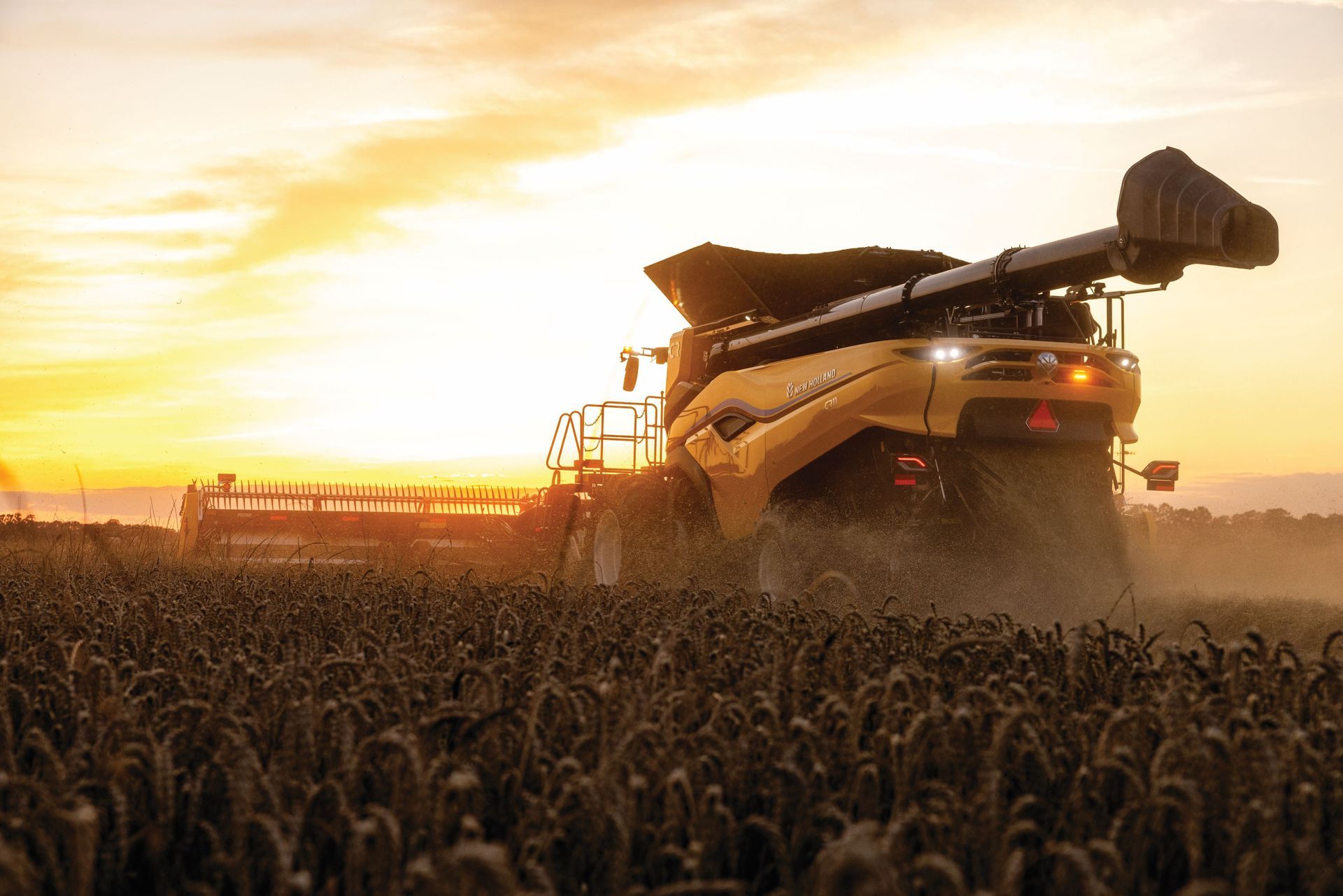
2025 marks 50 years since TR70 model launched in 1975. Since this time, New Holland has led industry innovation in combine technology with: The first self-leveling cleaning system on a rotary combine in 2002 Breaking the 8-hour wheat harvest world record in 2014 The latest CR10 and CR11 twin rotor combines entering production in 2025

